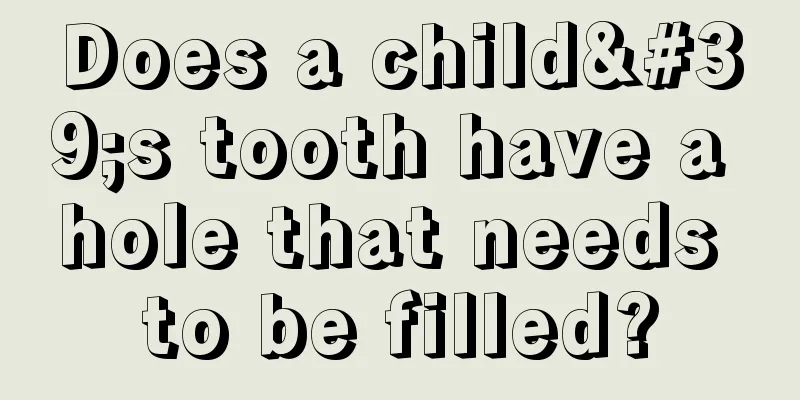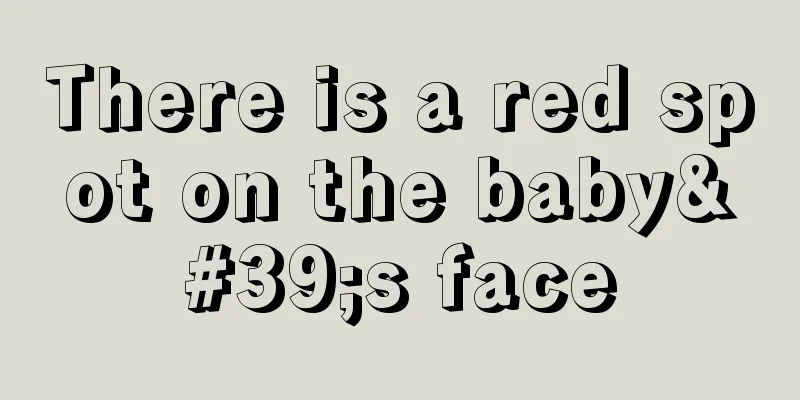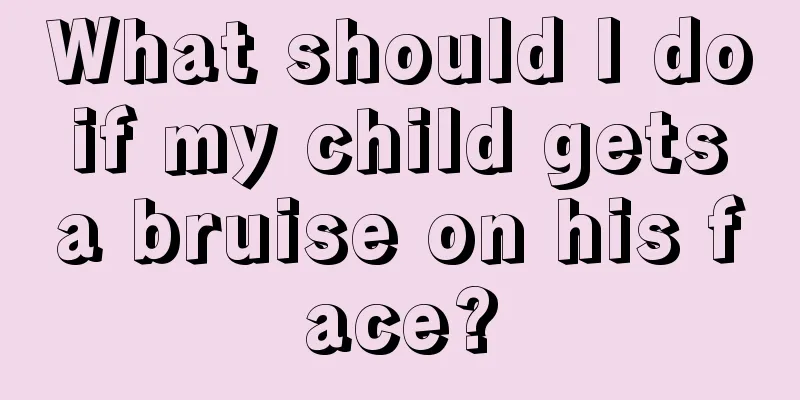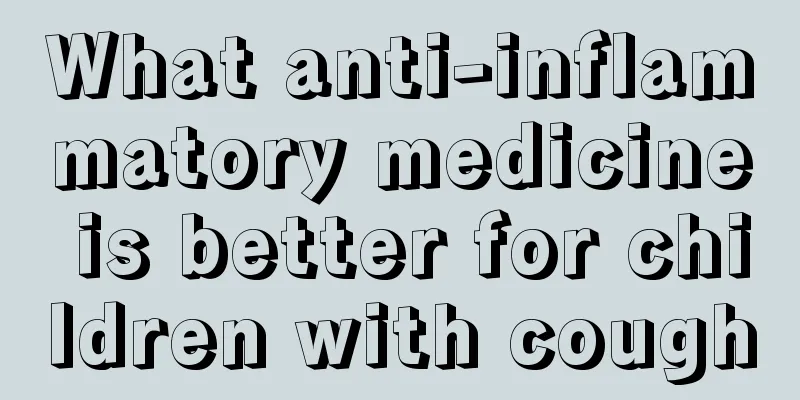What to do if children have bacterial infection and fever
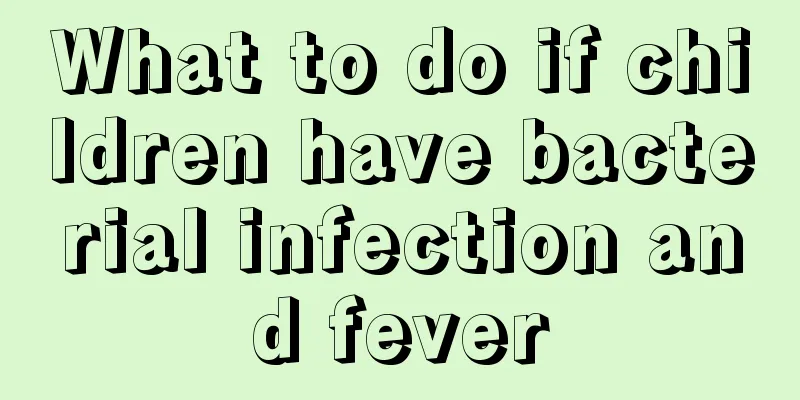
|
When children feel unwell, they need to go to the hospital for examination in time. Children are prone to many diseases. Parents should take comprehensive care of their children's bodies to prevent them from being harmed by diseases and causing diseases. What should we do if children have bacterial infections and fevers? When there are such problems, you can first choose some medicines to relieve them so that the fever will not continue. What to do if a child has a bacterial infection and fever: If the baby's body temperature is below 38.5℃, there is no need to take antipyretics, but other measures can be taken to reduce the temperature. First of all, the indoor environment should be kept quiet, the temperature should be moderate (18℃~25℃), and the ventilation should be good. The clothes and quilts should not be too thick. If the baby sweats a lot, change the clothes into clean clothes in time and wipe them with warm water. When a baby has a fever, his breathing will speed up and more water will evaporate, so it is necessary to replenish water in time and let the baby drink more warm water to encourage more urination and sweating to lower the temperature. 37.5℃ ~ 38℃ is a low fever, 38.1℃ ~ 39℃ is a moderate fever, 39.1℃ ~ 40.4℃ is a high fever, and above 40.5℃ is a very high fever. If the baby's temperature is high but it is not to the point of taking antipyretics, physical cooling can be used. Specific method: Wet a towel with warm water, wring it slightly dry, and then wipe the baby's neck, arms, chest, back, thighs and other parts. Wipe the large blood vessels in the elbows, armpits, and neck a few more times until a slight redness appears. You can also put an ice pack or cold towel on your child's forehead to reduce the brain's oxygen consumption, thereby lowering body temperature and protecting the brain. Do not use alcohol bath to cool down the baby, because the baby's skin is delicate and alcohol is easily absorbed into the body, which will cause the baby to be irritable and cry. If the baby's temperature is above 38.5℃, you can take antipyretics. After understanding what to do if children have bacterial infections and fever, you can follow the above methods when your own children have bacterial infections and fever. If the child's fever persists, it is important to note that he or she must go to the hospital for treatment, which will help alleviate the child's physical problems. Parents should also pay attention to this. |
<<: Causes of skin allergies in children in spring
>>: How to remove the small red pimples on children’s faces?
Recommend
Broken nails in children
Nails are very fragile. For some people, the shel...
How long is the appropriate swimming time for children?
Swimming is a great sport for keeping fit, so can...
What to do if your child has a viral cough
Parents are naturally worried about children'...
Why does the baby move his hands and feet randomly?
Some babies suffer from serious ADHD problems. AD...
How to treat childhood asthma?
Asthma troubles many people, mostly middle-aged a...
What can children eat to grow taller?
In real life, many parents are concerned about th...
What's wrong with the redness and pain on both sides of the buttocks?
When babies are young, the skin on both sides of ...
How do children grow taller?
Some children appear shorter than normal children...
What to do if your baby has a sore throat
The symptom of baby's sore throat is mainly c...
What should I do if my child is constipated? These foods are simple and effective
It is not recommended to use medication for child...
How to give first aid when a child is stuck
Children's esophagus is very thin, so when ch...
Causes of tooth enamel hypoplasia in children
There are always some children around us. Sometim...
What causes ear inflammation in babies?
Today, I would like to introduce to you a questio...
Will a child's absence seizures go away?
Absence disorder in children is what we call mino...
What to do if a child coughs at night
What should I do if my child coughs at night? The...
